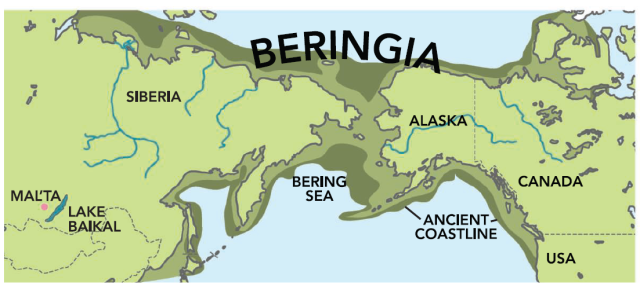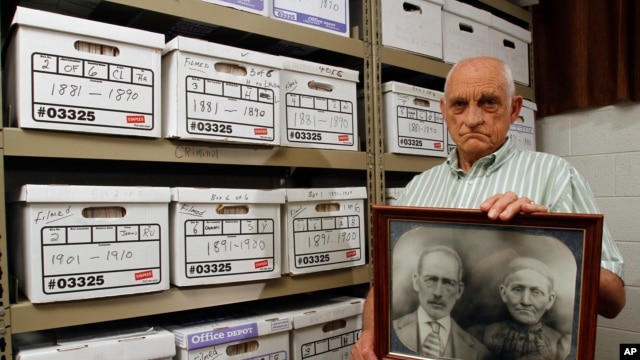This represents the oldest complete genome ever sequenced, except for the Neanderthal (38,000 years old) and Denisovan (41,000 years old).
This child’s genome shows that he is related closely to Native Americans, and, surprisingly, to western Asians/eastern Europeans, but not to eastern Asians, to whom Native Americans are closely related. This implies that this child was a member of part of a “tribe” that had not yet merged or intermarried with the Eastern Asians (Japan, China, etc.) that then became the original Native Americans who migrated across the Beringian land bridge between about 15,000 and 20,000 years ago.
One of the most surprising results is that about 30% of this child’s genome is Eurasian, meaning from Europe and western Asia, including his Y haplogroup which was R and his mitochondrial haplogroup which was U, both today considered European.
This does not imply that R and U are Native American haplogroups or that they are found among Native American tribes before European admixture in the past several hundred years. There is still absolutely no evidence in the Americas, in burials, for any haplogroups other than subgroups of Q and C for males and A, B, C, D, X and M (1 instance) for females. However, that doesn’t mean that additional evidence won’t be found in the future.
While this is certainly new information, it’s not unprecedented. Last year, in the journal Genetics, an article titled “Ancient Admixture in Human History” reported something similar, albeit gene flow in a different direction. This paper indicated gene flow from the Lake Baikal area to Europe. It certainly could have been bidirectional, and this new paper certainly suggests that it was.
Cont. Here:
http://dna-explained.com/2013/10/25/ancestor-of-native-americans-in-asia-was-30-western-eurasian/
Cont. Here:
http://dna-explained.com/2013/10/25/ancestor-of-native-americans-in-asia-was-30-western-eurasian/
Enter your email address to start receiving this blog in your inbox


